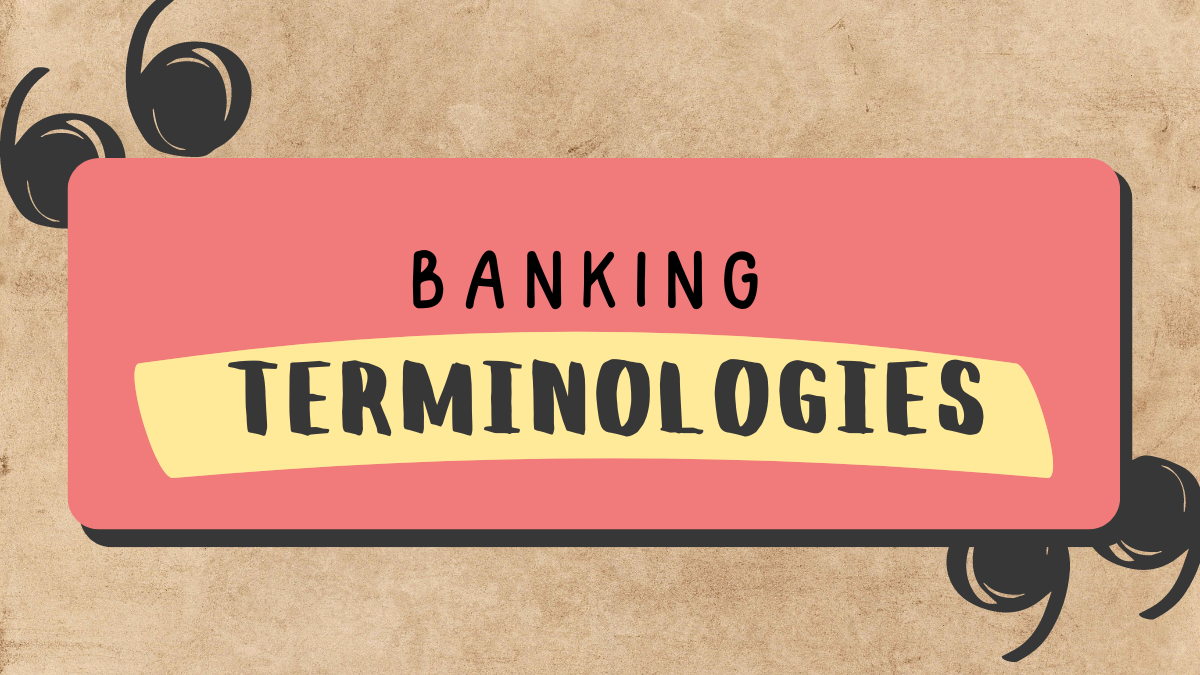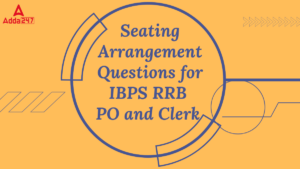Banking is an essential part of the financial system, and understanding the terminologies used in banking is crucial for anyone dealing with financial transactions, working in the banking sector, or preparing for bank exams.
Banking Terminologies
Here are some of the key banking terms that you should be familiar with:
Account Balance
The amount of money available in a bank account at a given time. It can be checked through bank statements, online banking, or ATMs.
Annual Percentage Rate (APR)
The annual rate charged for borrowing or earned through an investment. APR is expressed as a percentage and reflects the yearly cost of funds over the term of a loan or income earned on an investment.
Automated Teller Machine (ATM)
A machine that allows bank customers to perform basic transactions such as withdrawals, deposits, and balance inquiries without the need for a human teller.
Beneficiary
A person or entity entitled to receive the benefits from a particular financial transaction, such as a fund transfer, insurance policy, or will.
Collateral
An asset or property that a borrower offers to a lender as security for a loan. If the borrower fails to repay the loan, the lender can seize the collateral to recover the loan amount.
Credit Score
A numerical expression representing the creditworthiness of an individual. It is based on credit history, current debt, and repayment behavior. A higher credit score indicates better creditworthiness.
Debit Card
A payment card that deducts money directly from a consumer’s checking account to pay for a purchase. It can also be used to withdraw cash from ATMs.
Direct Deposit
An electronic transfer of a payment directly from the payer’s account to the recipient’s account. It is commonly used for salary payments, tax refunds, and social security benefits.
Electronic Funds Transfer (EFT)
The electronic movement of funds from one account to another. Examples include direct deposits, wire transfers, and electronic bill payments.
Fixed Deposit (FD)
A financial instrument provided by banks that offers a higher interest rate than a regular savings account. The money deposited is locked for a fixed period, and early withdrawals usually incur a penalty.
Inflation
The rate at which the general level of prices for goods and services is rising, and subsequently, purchasing power is falling. Central banks attempt to limit inflation to keep the economy running smoothly.
Interest Rate
The proportion of a loan that is charged as interest to the borrower is typically expressed as an annual percentage of the loan outstanding.
Know Your Customer (KYC)
A process by which banks verify the identity of their clients. KYC procedures are used to prevent identity theft, financial fraud, money laundering, and terrorist financing.
Loan-to-Value (LTV) Ratio
A financial term used by lenders to express the ratio of a loan to the value of an asset purchased. A higher LTV ratio indicates higher risk for the lender.
Mobile Banking
A service provided by banks that allows customers to perform banking activities through mobile devices. Activities include checking account balances, transferring funds, and paying bills.
Net Banking
An online banking service that allows customers to conduct financial transactions over the internet. It includes services such as fund transfers, bill payments, and viewing account statements.
Overdraft
A facility that allows an account holder to withdraw more money than what is available in their account. It is a form of short-term borrowing and often comes with interest or fees.
Prime Rate
The interest rate that commercial banks charge their most credit-worthy customers. It serves as a benchmark for many other interest rates.
Recurring Deposit (RD)
A type of term deposit offered by banks where customers can deposit a fixed amount every month into their RD account and earn interest. It is suitable for people with regular incomes.
SWIFT Code
A unique identification code for a particular bank, used for international wire transfers. SWIFT codes are used to identify banks and financial institutions globally.
Treasury Bills (T-Bills)
Short-term debt instruments issued by the government to raise money. They are considered safe and liquid investments and have maturities of one year or less.
Unsecured Loan
A loan that is not backed by collateral. It is granted based on the borrower’s creditworthiness and ability to repay. Examples include personal loans and credit cards.
Variable Interest Rate
An interest rate that fluctuates over time with changes in the market interest rates. Loans with variable rates may start with a lower rate than fixed-rate loans, but the rate can increase over time.
Yield
The income return on an investment is expressed as a percentage. It includes interest earned or dividends received from holding a particular security.
Familiarity with these banking terminologies is essential for navigating the financial world, understanding banking services, and succeeding in competitive exams. Whether you are a banking professional, a student preparing for exams, or just an informed consumer, knowing these terms will enhance your financial literacy and decision-making abilities.





 GA Capsule for SBI Clerk Mains 2025, Dow...
GA Capsule for SBI Clerk Mains 2025, Dow...
 The Hindu Review October 2022: Download ...
The Hindu Review October 2022: Download ...
 Seating Arrangement Questions for IBPS R...
Seating Arrangement Questions for IBPS R...


